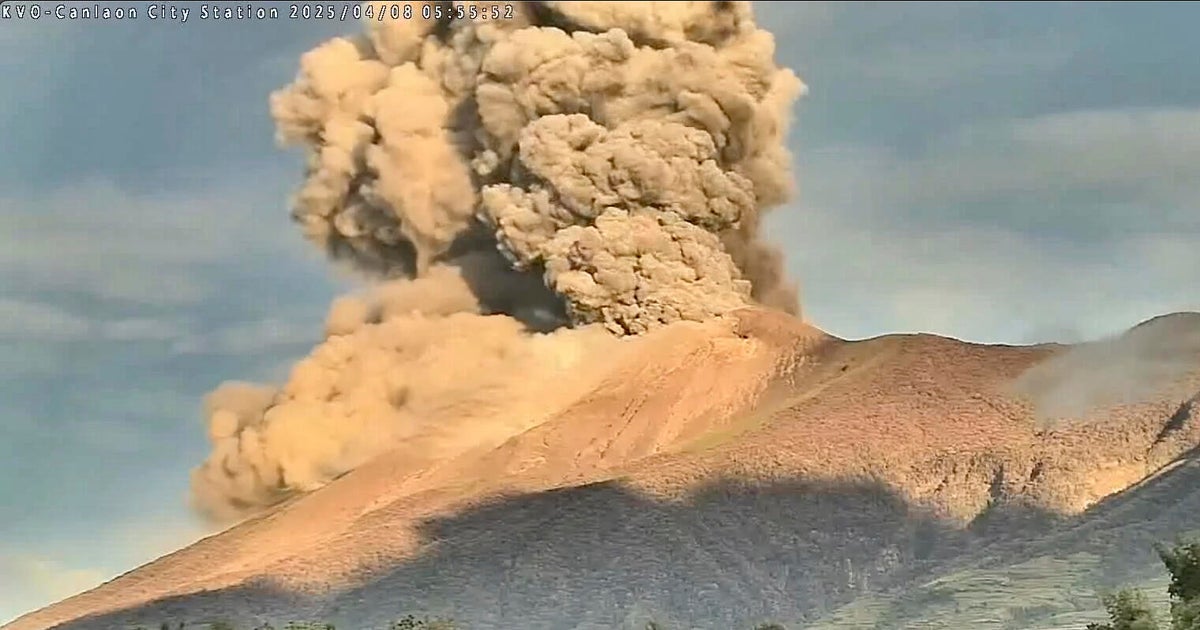Unleashing Nature’s Fury: Kanlaon Volcano Erupts, Spewing Ash Across the Skies
On June 3, 2024, the Kanlaon Volcano on Negros Island in the Philippines erupted violently, propelling ash plumes over 3 miles (5 kilometers) into the atmosphere. The sudden explosion, occurring at approximately 6:15 PM local time, blanketed nearby communities in thick volcanic ash and triggered immediate evacuation orders for thousands of residents. Authorities raised the alert level to 2, warning of potential hazards including pyroclastic flows, toxic gases, and disruptions to regional air travel.
Immediate Impact on Communities and Infrastructure
The eruption’s immediate aftermath saw at least 12 villages within a 6-mile (10 km) radius coated in fine gray ash, with reports of reduced visibility and respiratory complaints among vulnerable populations. Provincial Governor Manuel Sagarbarria confirmed the evacuation of over 8,000 people to temporary shelters, stating, “We’re prioritizing the safety of residents while assessing damage to crops and livestock—this could have long-term consequences for our agricultural economy.”
Critical infrastructure impacts included:
- Closure of Bacolod-Silay Airport for 48 hours due to poor visibility
- Disruption of power lines servicing three municipalities
- Contamination of water sources with volcanic particulates
According to the Philippine Institute of Volcanology and Seismology (PHIVOLCS), the eruption released approximately 15,000 metric tons of sulfur dioxide—a figure comparable to the 2020 Taal Volcano event that affected over 700,000 people.
The Science Behind Kanlaon’s Activity
Kanlaon, standing at 8,086 feet (2,465 meters), is one of the Philippines’ 24 active volcanoes. Its latest eruption marks the first major activity since 2017, when a phreatic explosion injured seven hikers. Dr. Maria Antonia Bornas, Chief of PHIVOLCS’ Monitoring and Eruption Prediction Division, explains: “This stratovolcano has a history of both explosive and effusive eruptions. Current seismic patterns suggest magma is interacting with groundwater, creating these dangerous steam-driven explosions.”
Satellite data reveals concerning developments:
- Ground deformation measuring 3 inches (7.6 cm) since January 2024
- Increased thermal anomalies detected via NASA’s MODIS sensors
- Over 200 volcanic earthquakes recorded in the past week
Regional Consequences for Transportation and Health
The aviation sector felt immediate effects, with Cebu Pacific and Philippine Airlines canceling 23 flights affecting nearly 3,500 passengers. Ash advisories extended as far as Manila’s Ninoy Aquino International Airport, 300 miles (480 km) north of the eruption site. The Civil Aviation Authority implemented volcanic ash contingency protocols last updated after Iceland’s Eyjafjallajökull disruptions in 2010.
Health officials distributed 50,000 N95 masks across affected areas, warning of potential silicosis risks from prolonged ash exposure. Dr. Carmencita Banatin of the Department of Health noted: “Children, the elderly, and those with pre-existing respiratory conditions face the highest risk. We’re monitoring air quality indices which currently show PM2.5 levels 15 times above WHO safety standards.”
Historical Context and Future Projections
Kanlaon’s most destructive eruption occurred in 1902, claiming 12 lives and devastating sugarcane plantations. Modern monitoring systems installed in 1993 have significantly improved warning capabilities. PHIVOLCS’ current models suggest three possible scenarios:
- 40% chance of smaller follow-up eruptions within 72 hours
- 30% probability of sustained activity for weeks
- 30% likelihood of the system stabilizing
The Philippine Atmospheric, Geophysical and Astronomical Services Administration (PAGASA) warns that seasonal southwest monsoons could distribute ash farther across the Visayas region, potentially affecting:
- Marine ecosystems in the Tañon Strait
- Solar panel efficiency on Guimaras Island
- Tourism in Boracay during peak season
Global Implications of Volcanic Activity
This event coincides with increased volcanic unrest worldwide, including recent eruptions in Iceland, Indonesia, and Mexico. The Smithsonian Institution’s Global Volcanism Program reports 47 volcanoes currently in eruptive states—18% above the 21st-century average. Climate scientists note that while Kanlaon’s emissions won’t significantly impact global temperatures (unlike 1991’s Pinatubo eruption), localized cooling effects could temporarily alter weather patterns.
Emergency response teams from the Office of Civil Defense remain on high alert, coordinating with:
- International Red Cross for medical support
- ASEAN Coordinating Centre for humanitarian assistance
- USGS Volcano Disaster Assistance Program for technical aid
Preparing for What Comes Next
As relief operations continue, attention turns to long-term recovery. The World Bank estimates rehabilitation costs could reach $25 million if ashfall persists beyond two weeks. Farmers face particular uncertainty—the region produces 14% of the Philippines’ sugar, with harvest season approaching.
Residents can stay informed through PHIVOLCS’ real-time monitoring website and SMS alert system. For those wishing to support affected communities, verified donation channels are available through the Philippine Red Cross website. As Kanlaon reminds us of nature’s unpredictable power, preparedness remains our best defense against its fury.
See more CNET 247



